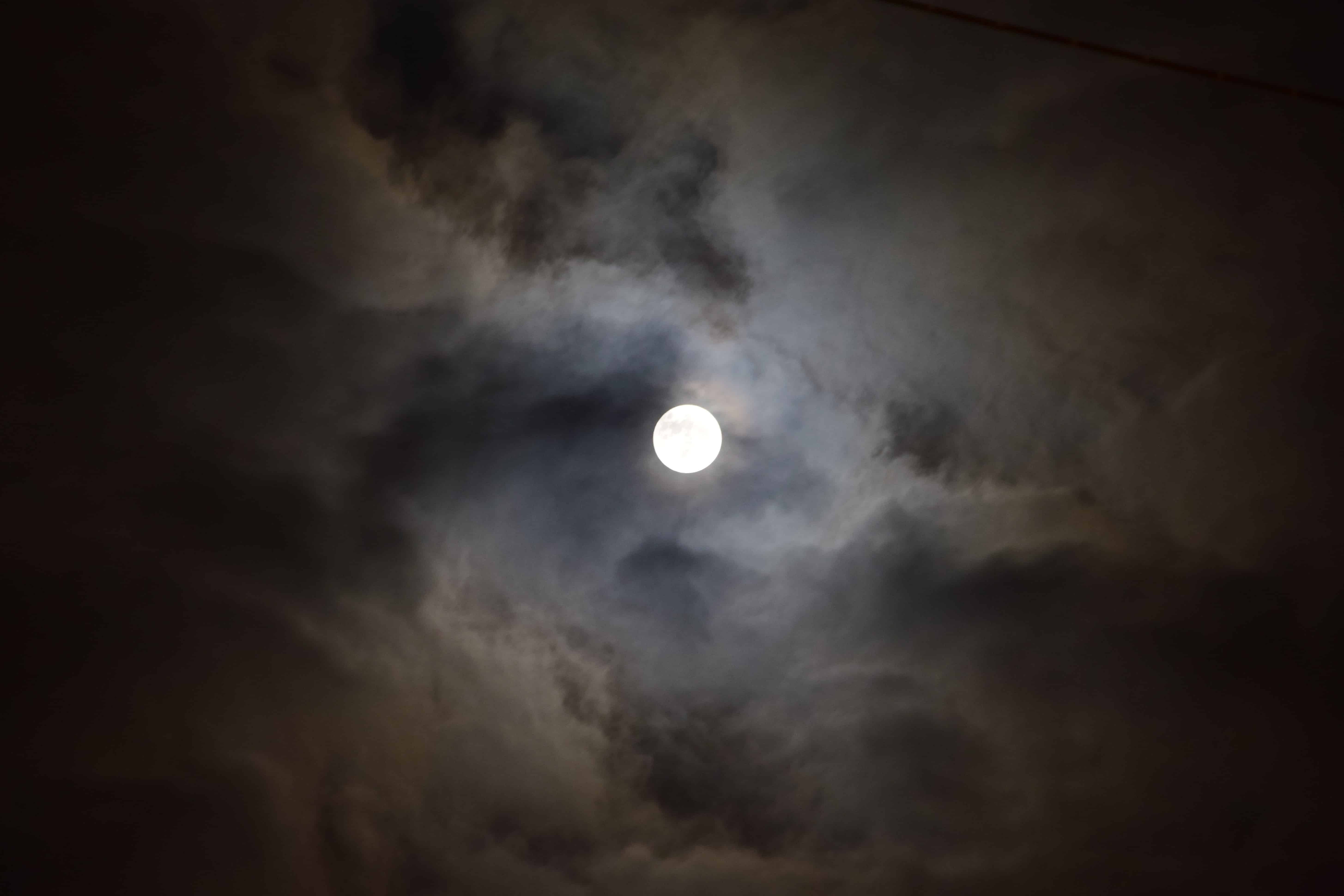

It produces high-contrast images by removing un-scattered light from the image. Aside from that, phase contrast is a brightfield approach that can be useful.ĭarkfield microscopy is used in both light and electron microscopy. Reduce the aperture to increase the contrast. Furthermore, brightfield microscopy has a limit of roughly 1300x, which may not be adequate in some instances. Because most biological samples have little contrast, the image can appear bleached. A brightfield image is characterized by a dark, true color sample on a bright, white background, hence the name. Then adjust the condenser’s aperture up or down until the image looks good.īrightfield illumination is a popular approach for illuminating materials in light microscopes because of its simplicity. Simply raise the transmitted light intensity to improve visual contrast in dense sections of the sample. The most basic of all-optical microscopy illumination techniques is brightfield microscopy. On a dark background, the specimen stands out brightly. Darkfield microscopy reveals the exact opposite. On a bright background, the specimen appears darker. It is also capable of observing stained materials. It’s ideal for examining a specimen’s natural colors. The most common method is brightfield microscopy.

Simply put, they are approaches that allow us to observe our specimens more clearly. In light microscopy, contrast-enhancement techniques such as darkfield and brightfield microscopy are used. That doesn’t negate the fascination with darkfield and brightfield microscopy. What is darkfield and brightfield microscopy? It’s like something out of a star wars movie! Unfortunately, neither grants us unique abilities.


 0 kommentar(er)
0 kommentar(er)
